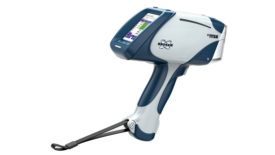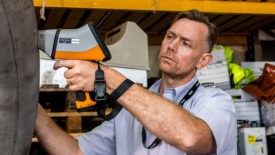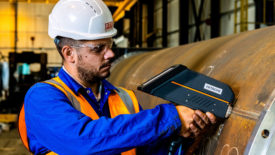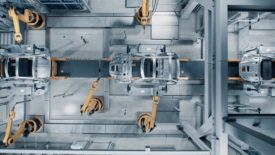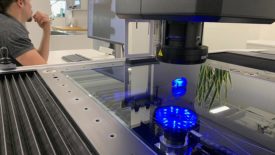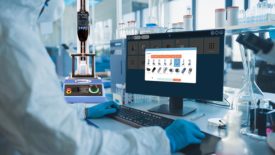Home » Keywords: » quality assurance
Items Tagged with 'quality assurance'
ARTICLES
Always Looking for the Next Challenge and Continuous Improvement
Read More
NDT | PMI Part 3
Evolution of PMI Technology: Advancements in Handheld XRF Propel Accuracy, Connectivity, and Efficiency
The suite of tools available for PMI has grown.
October 13, 2023
NDT | PMI Part 2
On-Site and Real-Time PMI Testing: Faster Decisions, Enhanced Productivity, and Cost Savings
Learn more about the advantages of positive material identification (PMI) testing.
October 12, 2023
NDT | PMI Part 1
Ensuring Quality and Safety in Manufacturing: The Role of Positive Material Identification
PMI is a vital nondestructive testing method for quality assurance and safety.
October 11, 2023
Software
Harnessing ChatGPT to Develop Calibration Procedures for Test and Measurement Equipment
While AI cannot entirely replace human expertise in developing calibration procedures, it can certainly enhance and streamline the process.
October 4, 2023
Quality in Automation | Industry 4.0
Connected Quality Is the Secret Sauce to the Fulfillment of Industry 4.0
Integrating QC and QA can mitigate product quality risk and empower smarter factories.
April 6, 2023
Measurement
How to Measure the Intricate Components of Electrical Connectors
Quality assurance is critical for manufacturing electrical connectors.
March 30, 2023
Software & Analysis
Quality Software: Core Qualities to Build Specialist Software Tools in QC Metrology
Manual operations cannot fully meet the challenges of a competitive and increasingly digitized industry.
March 28, 2023
The Spending Forecast is Here
The 22nd Annual Quality Spending Survey Results
Concerns about Covid-19 are down, but inflation worries are up.
December 29, 2022
EVENTS
Webinar
9/13/23 to 9/13/24
Contact: Meg M.
How to Reduce First Article Inspection Creation Time by 70-90%
Get our new eMagazine delivered to your inbox every month.
Stay in the know with Quality’s comprehensive coverage of the manufacturing and metrology industries.
SIGN UP TODAY!Copyright ©2024. All Rights Reserved BNP Media.
Design, CMS, Hosting & Web Development :: ePublishing



